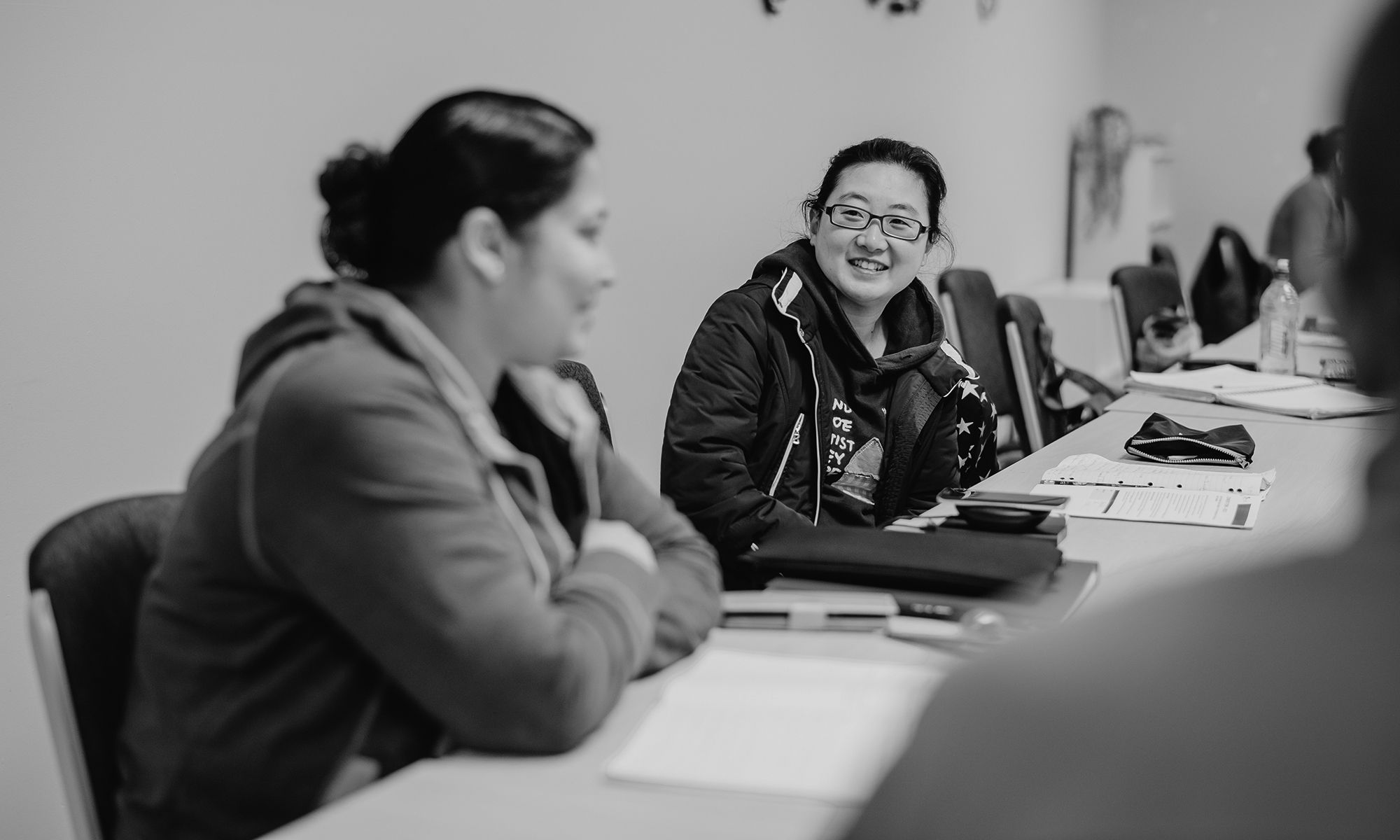Author: Lynn Jarvis
Edition: Volume 61, Number 1, April 2021
Introduction: For some students, entering higher education entails considerable risk – that is, the potential for harm or uncertainty. This is particularly true for students entering university via an alternative entry, enabling program. This study explored student experiences in Tasmania, Australia, as they progressed through their first semester of study in an enabling program, using the lens of risk to consider the issues and challenges they faced, and the strategies they employed to negotiate these.
Qualitative data were collected from both students and staff via semistructured interviews. A complex and nuanced relationship between risk and opportunity emerged. While considerable risk was clearly evident, students and staff both preferred a narrative of opportunity. However, this narrative did not prevent students from proactively managing risk. In this process, the enabling program emerged as a ‘safe space’ where risk could be unpacked and managed and where they could ‘try out’ university.
These findings highlight the considerable strengths enabling-program students bring to their university experience, sitting in opposition to the more common characterisation of such students as disadvantaged
and lacking. They also challenge the way in which enabling-program outcomes are measured, particularly in terms of attrition, rendering current understandings of them incomplete.
Keywords: higher education, enabling program, access, risk, disadvantaged student, opportunity
![]()
![]()
![]()
![]() Share a copy of this abstract.
Share a copy of this abstract.
This article is part of AJAL, Volume 61:1. The entire volume is available in .pdf for purchase here.
